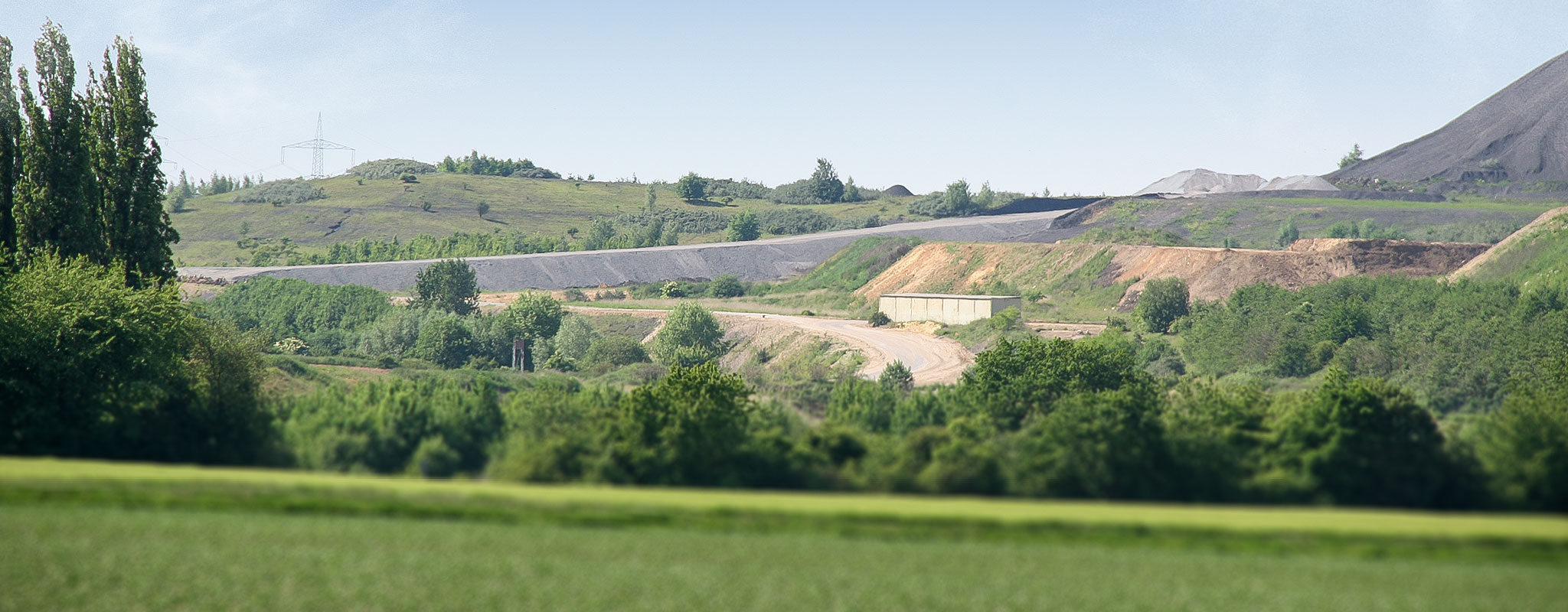Cooperation with public or private-sector partners creates more economic and legal security than pure in-house operation. All models possess advantages and disadvantages that have to be individually considered in the context of landfill planning.
Search
Company locations
The whole picture – with just a single click. Find out here where our branches are located, what services they offer and how to contact them.
REMONDIS Group locations
Discover the world of REMONDIS with its approx. 900 branches and associated companies in over 30 countries across Europe, Africa, Asia and Australia.
Avoiding landfill shortages: Making use of existing landfills
As a result of the definitive ban on the disposal of untreated waste in 2005, many existing landfill sites were closed prematurely. As a result, many landfills entered the decommissioning/closure phase earlier than originally planned, without the backfill volume having been fully used. These old landfills can possibly be revived with new cooperation concepts, for example in the form of constructing landfill extensions based on the "new on old" model.
New landfill projects: Examine cooperation opportunities

Often, the mineral waste volume to be disposed of in a district is not sufficient to justify the economic construction a new landfill site or landfill section. One reason for this is that waste volumes from construction activities in particular are subject to high fluctuations. Legal or technical changes, economic development over the entire landfill operation period, requirements for closure and aftercare over decades are challenges whose effects are difficult to assess legally and financially. Such a project therefore involves many risks.
Landfill on landfill
Many existing landfills fall within the responsibility of public bodies. Landfill extensions of these sites are often interesting alternatives to the search and approval of new landfill sites. It may therefore make sense for municipalities to use existing sites to create new landfill capacities and thus avoid a possible landfill deficiency. In Germany there are a considerable number of landfills of classes I and II which have not been completely filled and are in the decommissioning or aftercare phase. In general, new landfill sections can be constructed on old landfills without negatively affecting the closure process of the old body.





